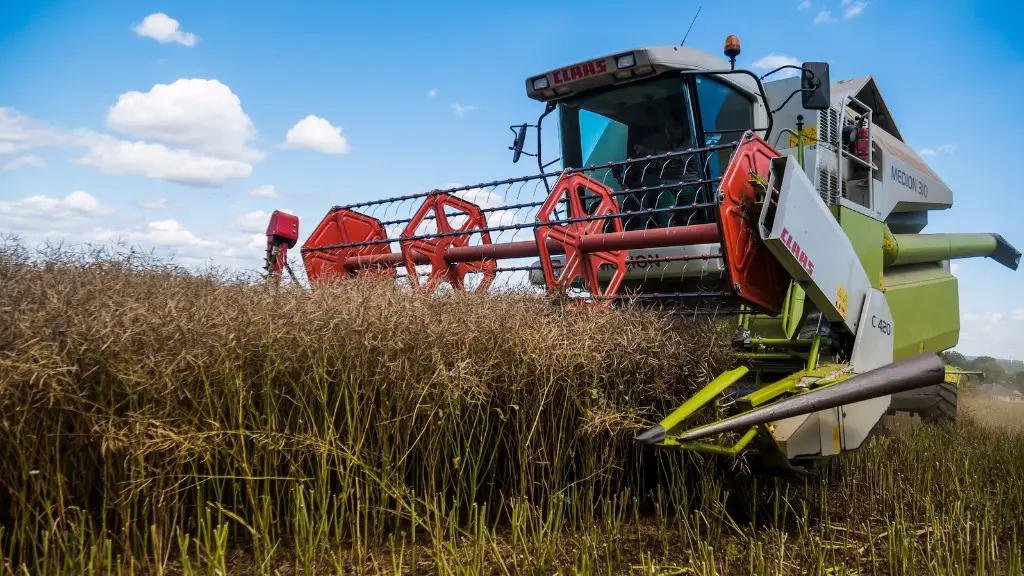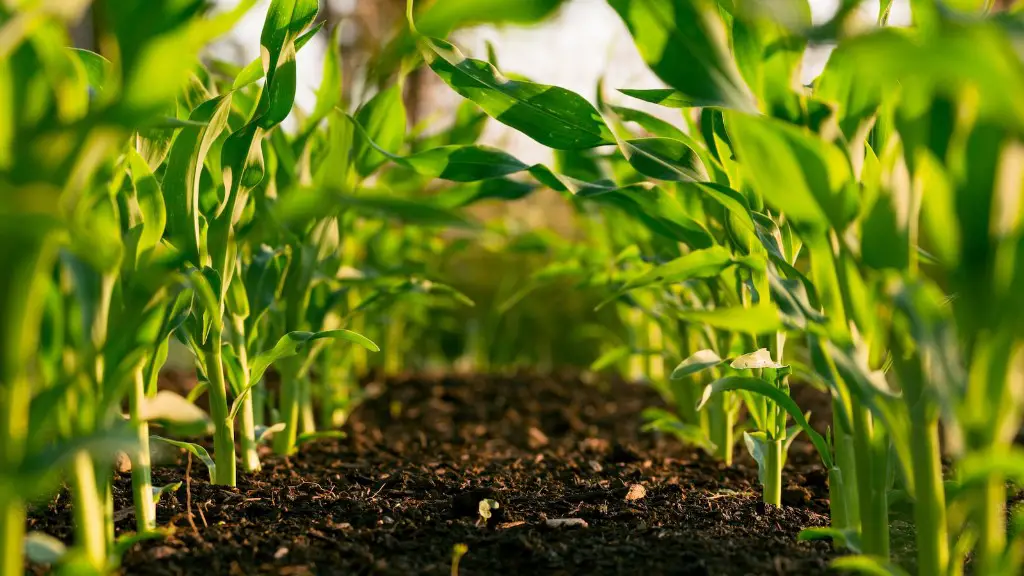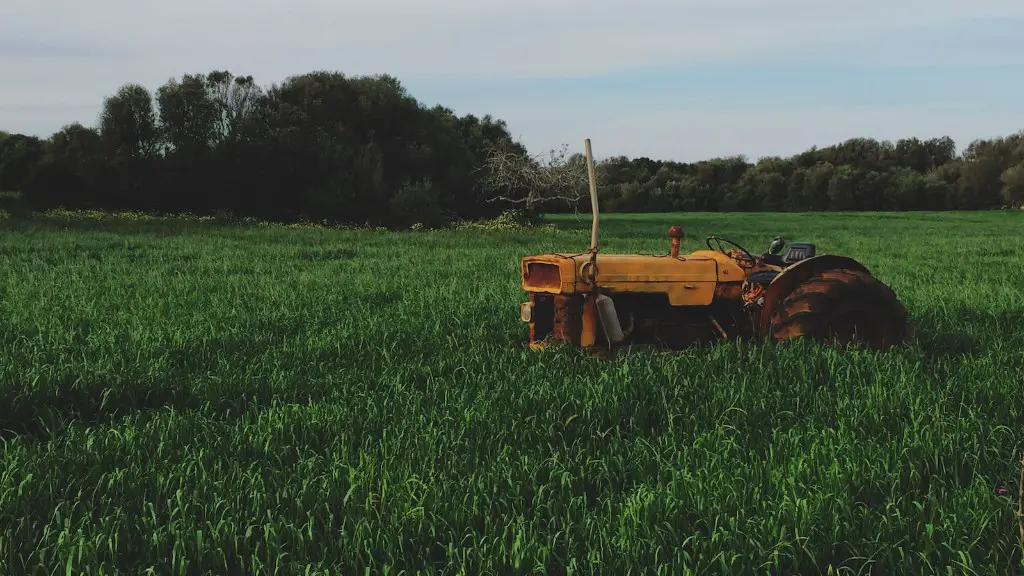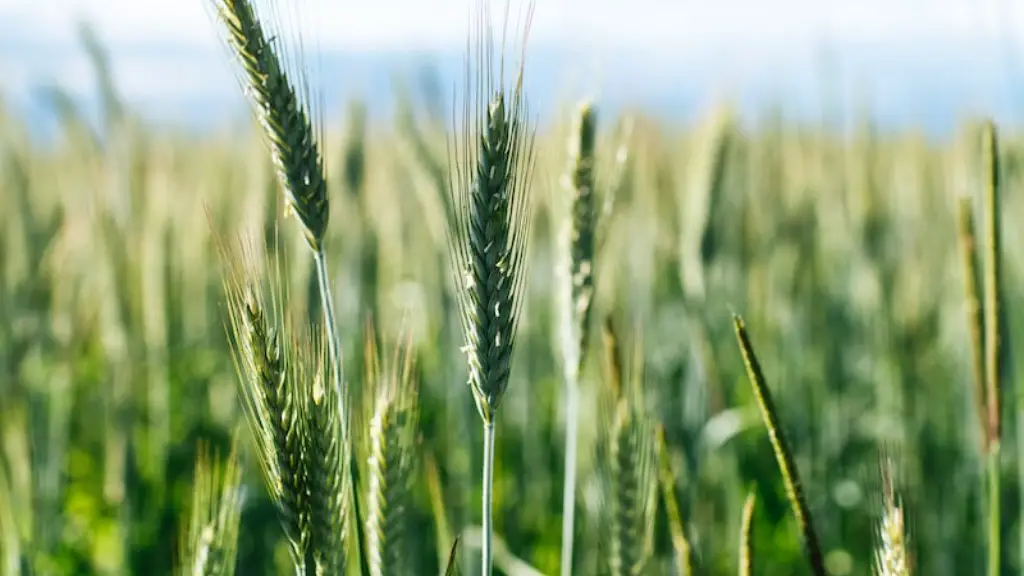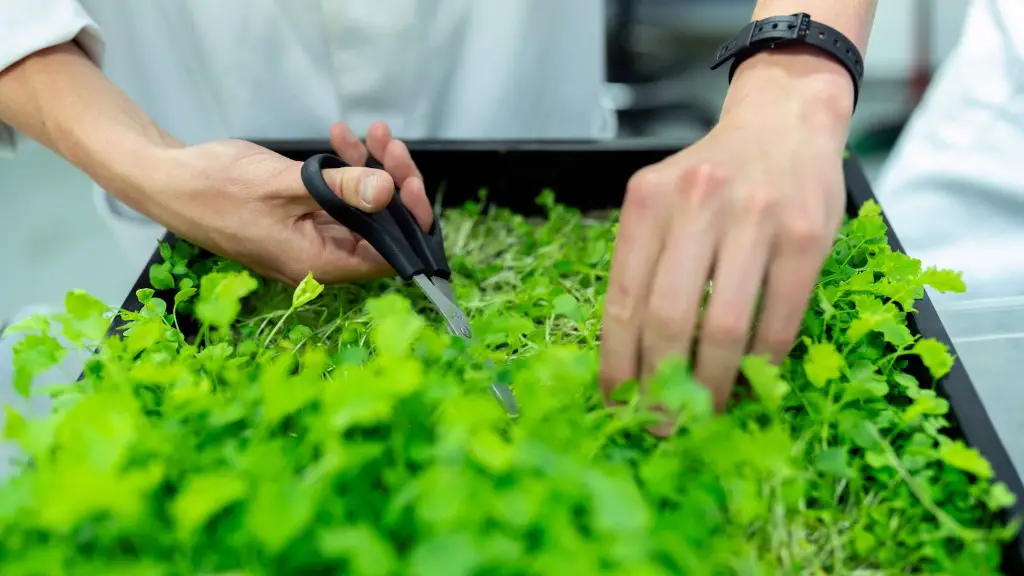Community supported agriculture, or CSA, is a system in which farmers sell their produce directly to consumers, typically through a subscription model. Consumers, in turn, get a share of the harvest each week, resulting in a direct relationship between the farmer and the eater.
CSA operations vary depending on the farm, but typically involve a lengthy subscription process that allows consumers to commit to buying a share of the farm’s produce for the season. This process provides farmers with much-needed capital at the beginning of the growing season, when expenses are highest.
In exchange for their upfront investment, consumers receive a weekly shipment of the freshest, seasonal produce available. This arrangement allows farmers to focus on growing food, rather than marketing and selling it.
CSA farms are found all over the country, and many consumers are excited about the benefits of supporting local agriculture. If you’re interested in starting a CSA, there are a few things to keep in mind.
There are a few different ways to start a CSA, but the most important thing is to develop a good relationship with a farmer or growers. Once you have a farmer or growers lined up, you need to develop a customer base. One way to do this is to hold events or workshops about CSAs and local food. You can also distribute information about your CSA through local restaurants, food co-ops, or health food stores. Once you have a customer base, you need to set up a system for distributing the food. This can be done through a weekly pick-up at the farm, a central location, or home delivery.
How much does it cost to start a CSA?
Consumers become CSA members by paying an agreed amount at the beginning of the growing season, either in one lump sum or in installments. The annual cost, generally ranging from $400-$700, depends on the length of the harvest season and the variety and quantity of products provided.
If you’re interested in starting a market garden or CSA farm, you should be aware that you may need to lease land (unless you have access to family land), and that you’ll need a minimum of 10 acres to turn a profit. You’ll also need to run a lean staff and be prepared to work long, hard hours. With diligence and hard work, you can be successful in this venture.
Is a farm CSA worth it
A CSA, or Community Supported Agriculture, is a great way to get fresh, local produce at a reasonable price. However, it’s important to realize that joining a CSA is a big commitment. If you’re new to buying local foods, you may want to start by shopping at your local farmers’ market or farm stand weekly before signing up for a CSA. This way, you can get a feel for what’s available and how much you’ll need to buy to feed your family. Once you’re comfortable with the process, joining a CSA can be a great way to support your local farmers and get access to fresh, delicious produce.
Community Supported Agriculture (CSA) is a type of direct marketing where a community of individuals pledge support to a farm operation. The farm becomes, either legally or spiritually, the community’s farm, with the growers and consumers providing mutual support and sharing the risks and benefits.
How do I start a local CSA?
Starting a CSA can be a great way to connect with your community and provide them with fresh, local produce. Here are a few tips to get you started:
1. Find Your Network: There are likely already other CSAs in your area. Get connected with them to learn from their experience and network with potential members.
2. Develop a Business Plan and Budget: This will help you determine the start-up costs for your CSA and how much you need to charge members to make it viable.
3. Consider Working Memberships: Some CSAs allow members to work a certain number of hours in exchange for a reduced membership fee. This can help with start-up costs and give members a sense of ownership in the CSA.
4. Set Expectations Early: Make sure members know what they are signing up for, including the types of produce they can expect and how often they will receive it.
5. Develop a Crop Plan: This will help you determine what to grow and when, based on the needs of your members.
6. Cultivate Memberships: Keep members engaged by involving them in the CSA and soliciting their feedback.
7. Establish a Delivery System
A CSA, or community supported agriculture, is a great way to get fresh, local, and seasonal produce. However, it is important to be aware of the commitment involved before joining. You must be ready to use the produce you receive, as it will not last forever. If you don’t think you can keep up with the cooking, a CSA may not be the best option for you.
How much money can you make with a CSA?
Assuming you are asking about a agricultural CSA, or Community Supported Agriculture, the average annual pay in California is $52,872. This average is based on data from Feb 18, 2023.
Five acres is a lot of land, and with the right planning, a successful farm can be created. Various ways to make a living off farming five acres of land include finding the right plot of land, carefully planning, and investing hard work. With the right land and the right amount of work, a successful farm is possible.
How much can I earn from 1 acre of land
There are many farmers in India who have less than 5 acres of land. They can earn 8-10 lakhs in a year by maximizing the use of sunlight and using less effort and materials.
There is no one-size-fits-all answer to the question of what makes a successful CSA, but there are some key things to keep in mind. Start by becoming familiar with your field and learning how to grow good crops. Then, focus on pricing your shares low enough that you attract customers but still make a profit. Be sure to size your shares according to what your customers are likely to want, and make sure you can actually deliver the amount of produce you promise. Offering choices in terms of share size and type can also be helpful. Finally, make a marketing plan to get the word out about your CSA.
Is controlled environment agriculture profitable?
While the economics of indoor farming has been challenging, there have been some successes. A 2018 US survey found that 51% of indoor farming operations were profitable. However, high capital investment and energy operating costs — particularly the price of electricity — have been major challenges for the industry. Several startups have shut down as a result.
If you’re concerned about the rising cost of food, one way to combat inflation is by joining a CSA (Community Supported Agriculture). You’ll not only save money on groceries, but you’ll also be supporting local farmers. Plus, you’ll get the satisfaction of knowing that you’re eating fresh, locally-grown produce.
How do you store CSA produce
If you plan on storing your cranberries for an extended period of time, we suggest storing them unwashed, whole, and as dry as possible. To do this, wrap them with a paper towel and placing them in a plastic bag.
A credit support annex (CSA) is a document that defines the terms for the provision of collateral by the parties in derivatives transactions. It is one of four parts of a standard contract or master agreement developed by the International Swaps and Derivatives Association (ISDA).
The CSA sets out the terms and conditions under which collateral must be provided by one party (the “provider”) to the other party (the “recipient”), including the types of collateral that may be posted, the minimum amount of collateral that must be posted, the frequency of collateral postings, and the methods for valuing the collateral.
What is in a CSA box?
Hi!
We’re so excited to offer our Community Supported Agriculture (CSA) boxes filled with fresh, organic produce, fruit, and herbs! To include eggs with your deliveries, please order them as an add-on product when you sign up. Our 4 delivery deposit payment enrolls you in automatic renewal, so you don’t have to remember to resubscribe!
We hope you enjoy your CSA box and the delicious, healthy food it contains!
This is a great way to get your name out there and to attract potential customers. You can also talk to local businesses and organizations about partnering with you to promote your CSA. This is a great way to get exposure for your business and to build relationships with other businesses in your community.
Final Words
There Is No One-Size-Fits-All Approach to Starting a CSA
There are many ways to start a CSA, and the best approach for your community will depend on a number of factors including the size and location of your community, the availability of land and other resources, and the interests and needs of your potential members.
Here are a few things to consider as you develop a plan for starting your CSA:
1. Decide what type of CSA you want to start.
Are you interested in starting a small, local CSA that serves a limited number of members? Or are you interested in starting a larger, regional CSA that serves members from a wider area?
2. Identify your potential members and what they are looking for in a CSA.
Do your research to identify potential CSA members in your community and what they are looking for in a CSA. Are they interested in local, organic produce? Do they want the convenience of a CSA that delivers to their door? Are they looking for a CSA that offers other types of products beyond produce, such as eggs, meat, or flowers?
3. Find a suitable location for your CSA.
When it comes to starting a CSA, there are a few key things to keep in mind. First, you need to find a group of like-minded individuals who are interested in supporting local agriculture. Next, you need to identify a farmers market or farm that is willing to sell shares to your group. Finally, you need to create a system for distributing the food to your members. By following these steps, you can start a CSA that will provide fresh, local food to your community.
